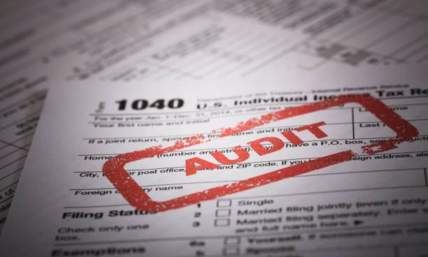How To File A 1099-MISC Form?
You're never more than 365 days away from filing your taxes, even when you're in the gig economy. If you're a new independent contractor or you employ one, then you'll need to file a 1099 misc form.
Those new to contractor status often don't know how to file a 1099 MISC. Thankfully, it's a fairly straightforward process. Ready to get started?
Also read: What Is A 1099 Misc Form?
What Is a 1099 MISC?
IRS Form 1099-MISC is the form dedicated to non-employee compensation. If you're not receiving a W-2, you're an independent contractor, or you're a freelancer, you'll need to file this form to report your income. You should receive a copy of your client's 1099 form when they have paid you at least $600 in any form. You likely have noticed that when you received the 1099 payment, you received the full payment - taxes weren't withheld.
One of the benefits of hiring contractors - like you if you received a 1099 - is that taxes don't need to be withheld from the payment. There are very few circumstances in which taxes would be withheld. So, here's the big question: do you have to pay taxes on income received on a 1099 form? The answer is a resounding yes. You'll continue to pay Social Security and Medicare taxes when you file 1099 income.
When they're taken in this context of a self-employed contractor, they're referred to as self-employment taxes. The rate you pay may be more or less than what you would pay if you had received the income as a W-2 employee. This becomes much more complicated if you are operating as a corporation.
Also read: Who Gets A Form 1099-MISC?
How to File a 1099 MISC as an Independent Contractor
Your 1099 form should arrive in January at the same time companies typically send out W-2 forms. This practice is done so contractors are able to include this income the same year in their tax filing. If an accountant is filing your tax return, all you need to do is to hand over your 1099 with all other income documents.
You'll most probably need to submit the invoice you sent to receive payment from the client with your 1099. Knowing how to file a 1099-MISC depends on whether and how you have incorporated your business.
Also read: Do 1099 Employees Get Pay Stubs?
Single-Member LLC/Sole Proprietors
Freelancer, independent contractor or single-member LLC, your 1099 income is reported on the Schedule C form. A Schedule C form is the method of reporting all business income and any business expenses that reduced your profit. All you need to do is add your 1099 income together with all other revenue, and put the sum on line 12 of your personal tax return.
Multiple-Member LLC/Partnership/Corporation
Reporting 1099 income when you're a partnership or corporation is different to sole proprietor reporting, since the income isn't reported on your personal tax return. However, it's not much more complicated. Rather than filing it under your personal income tax, you'll include it in the income total of your business tax return.
Enjoy the Freedom of Self Employment
Learning how to file a 1099-MISC is one of the joys of being an independent contractor. It is more complicated than the traditional W-2 and paystub system, but it's still a relatively straightforward process. Indeed, it's also a small price to pay for the freedom of self-employment.
Are you ready to file your taxes? Our form 1099-MISC generator will help you make tax season look simpler. Be sure to check out the paystub generator should you need to produce your own paystubs!















